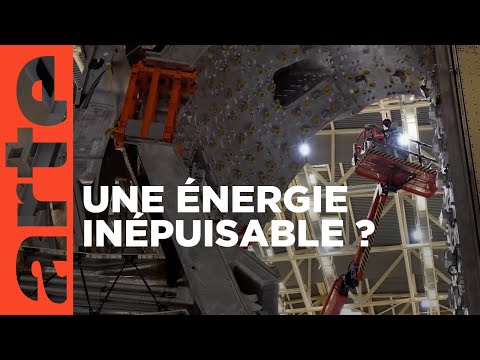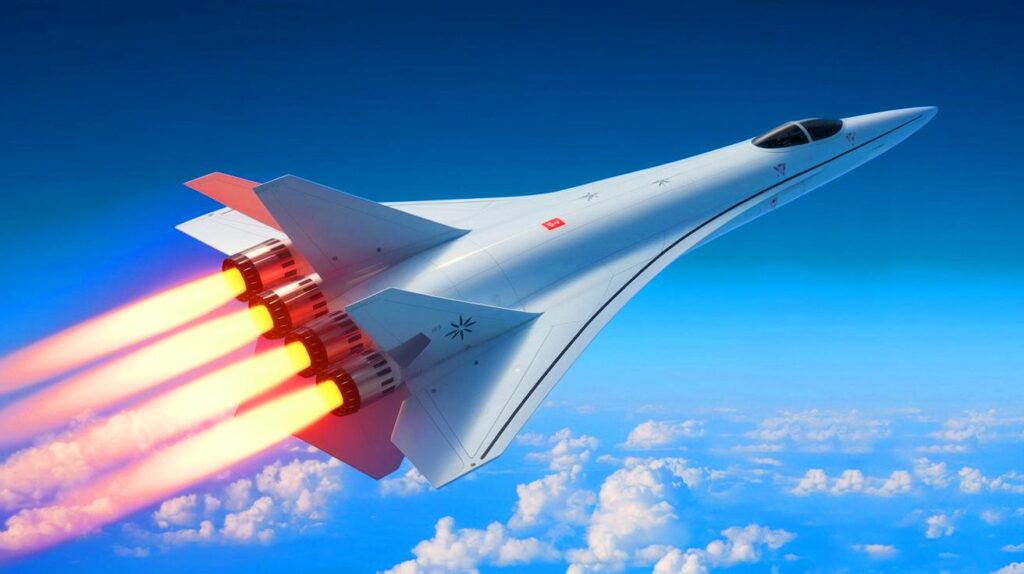| In Brief |
|
The quest for nuclear fusion energy continues to captivate scientists and engineers around the world. In the United States, Type One Energy has recently unveiled a significant advancement in this ambitious field. In collaboration with the Tennessee Valley Authority (TVA), the company announced the publication of a comprehensive physical design basis for a pilot nuclear fusion plant. This initiative marks a crucial step in developing a sustainable and potentially limitless renewable energy source, offering hope in a world seeking clean energy solutions.
A Promising Collaboration for Energy’s Future
The partnership between Type One Energy and TVA represents a notable advancement in the field of fusion energy. Under a cooperative agreement, they plan to develop a 350 MWe pilot project called Infinity Two, which could be operational by the mid-2030s. This project is not only ambitious but also strategic, as it aims to repurpose the existing infrastructure of TVA’s old fossil fuel plants. This would not only enhance energy security in the region but also diversify the energy portfolio with cleaner sources.
This project is part of the Project Infinity initiative launched in 2024, which has broadened its scope to include the commercialization of fusion energy. By using modular high-field magnets, the stellar fusion technology underpinning Infinity Two promises new possibilities for the future of energy. This partnership underscores the importance of collaboration between the private sector and public entities to achieve significant technological advancements.
The Science Behind Infinity Two
The success of Infinity Two relies on a rigorous physics foundation derived from over 70,000 optimization simulations. These comprehensive studies have enabled the design of a stellarator capable of meeting the requirements for reliable electrical output for the distribution grid. This scientific work is the most exhaustive ever conducted for a stellarator design. It takes into account the complex relationships among various factors such as plasma performance, plant startup, construction logistics, and economic viability.
By utilizing high-performance computing facilities, such as Oak Ridge National Laboratory’s Frontier supercomputer, the Type One Energy team has developed in-depth knowledge of plasma physics. These discoveries have allowed them to demonstrate an integrated stellarator design, pushing the boundaries of conventional modeling. The plasma-burning stellarator of Infinity Two, powered by deuterium-tritium, promises stable and efficient energy production.
The Challenges and Technical Innovations
The design of Infinity Two has required overcoming several technical challenges. Papers published by Type One Energy in the Journal of Plasma Physics validate crucial technical components, such as the breeding blanket, the divertor, and the tritium fuel cycle. However, these publications do not provide a complete engineering design for a plant. They establish a physical basis proving that the necessary plasma conditions and system components can be achieved in a stellarator for commercial fusion.
Thanks to these advancements, the stellarator of Infinity Two stands out for its stable and resilient behavior across a wide range of operating conditions. Heat losses due to turbulent transport are minimized, and direct energy losses to the first wall remain manageable. These features are crucial for ensuring efficient and sustainable fusion energy production.
Potential Impact on the Energy Industry
The realization of Infinity Two could have a considerable impact on the global energy industry. By providing a clean and abundant energy source, fusion technology could transform our approach to energy production. It could reduce our reliance on fossil fuels, mitigate environmental impacts, and ensure long-term energy security.
This ambitious project highlights the importance of technological innovation and cross-sector collaboration in addressing global energy challenges. Targeting operational status by the mid-2030s, Type One Energy and TVA demonstrate their commitment to making nuclear fusion a commercial reality. Could this approach inspire similar initiatives around the world and lead to a global energy revolution?








